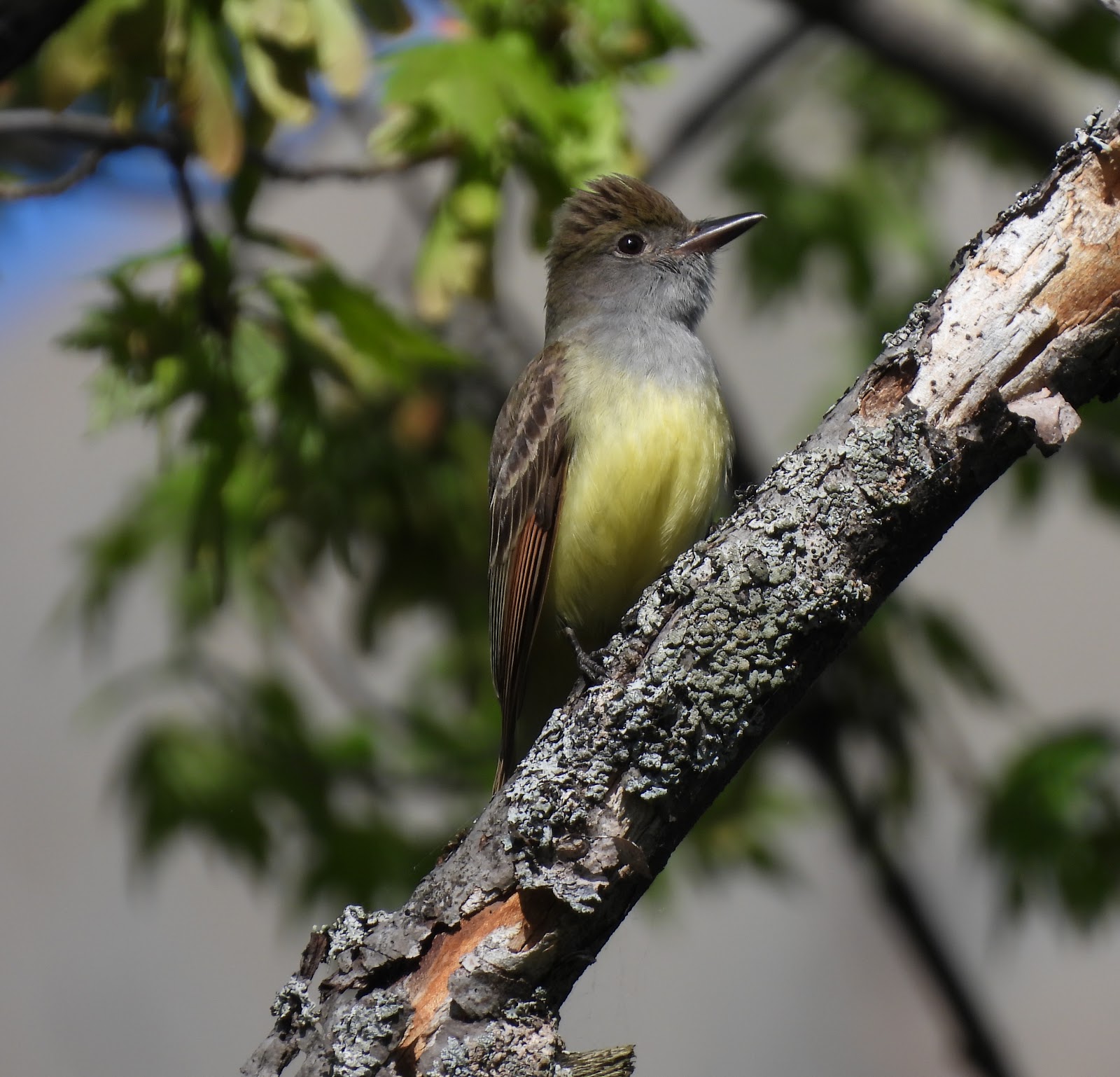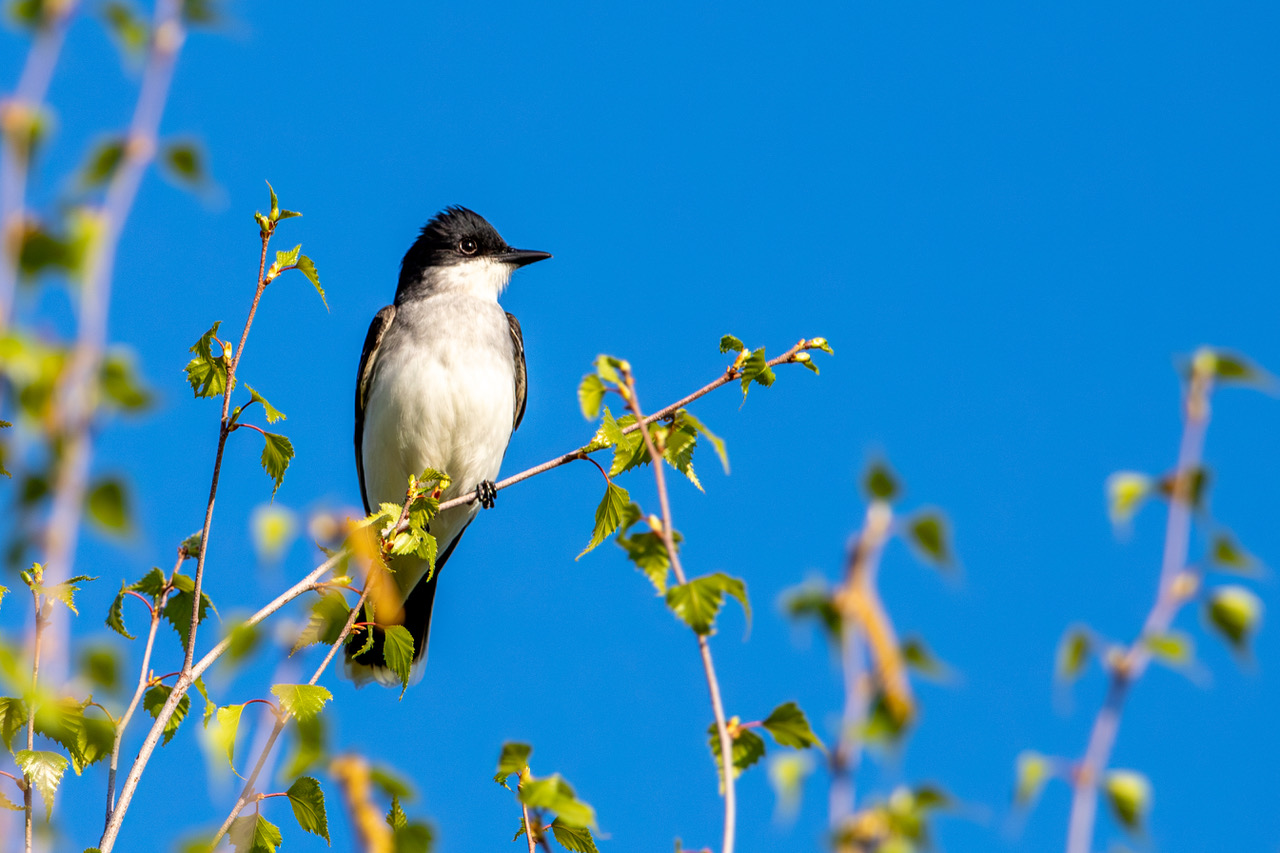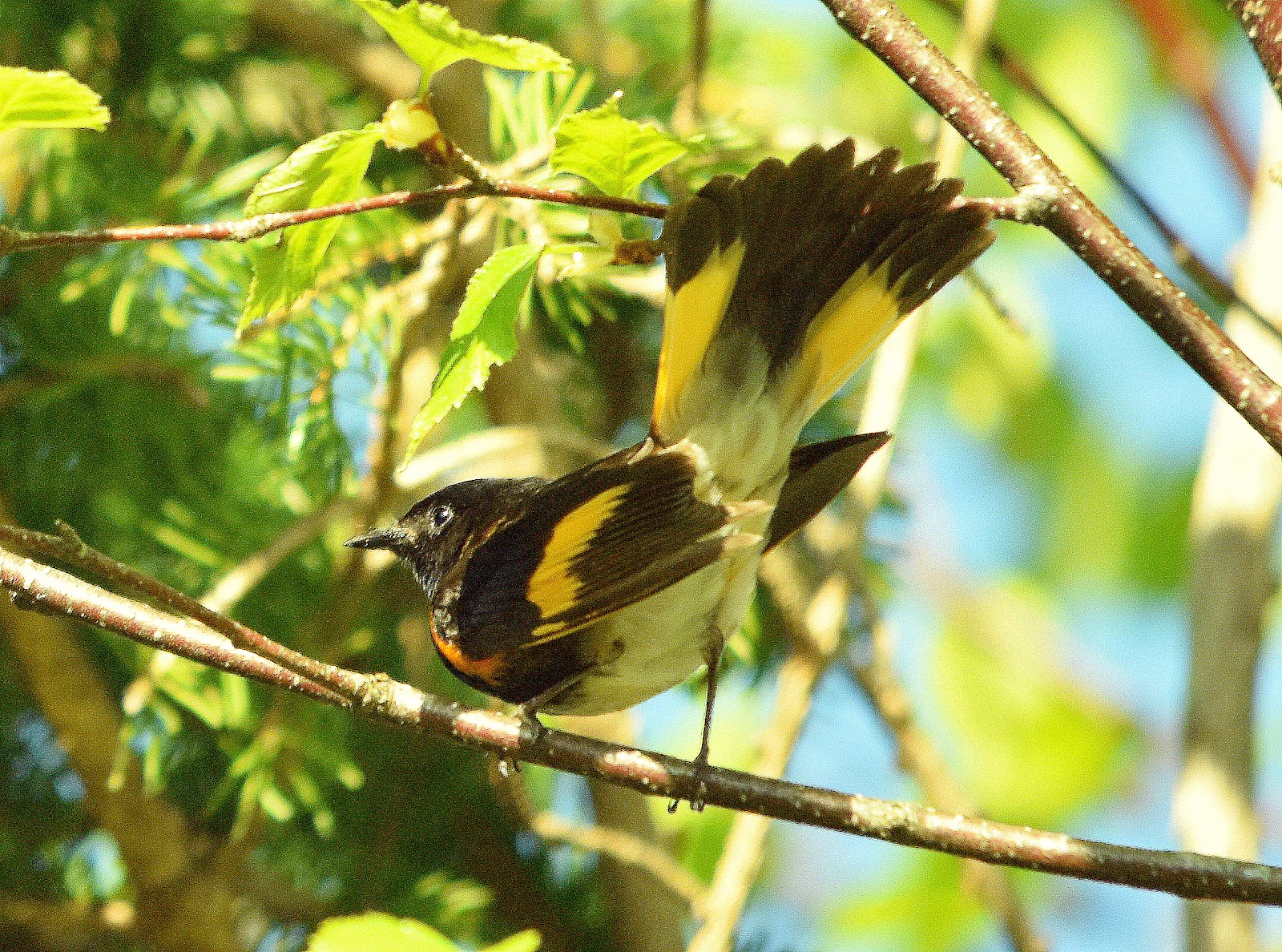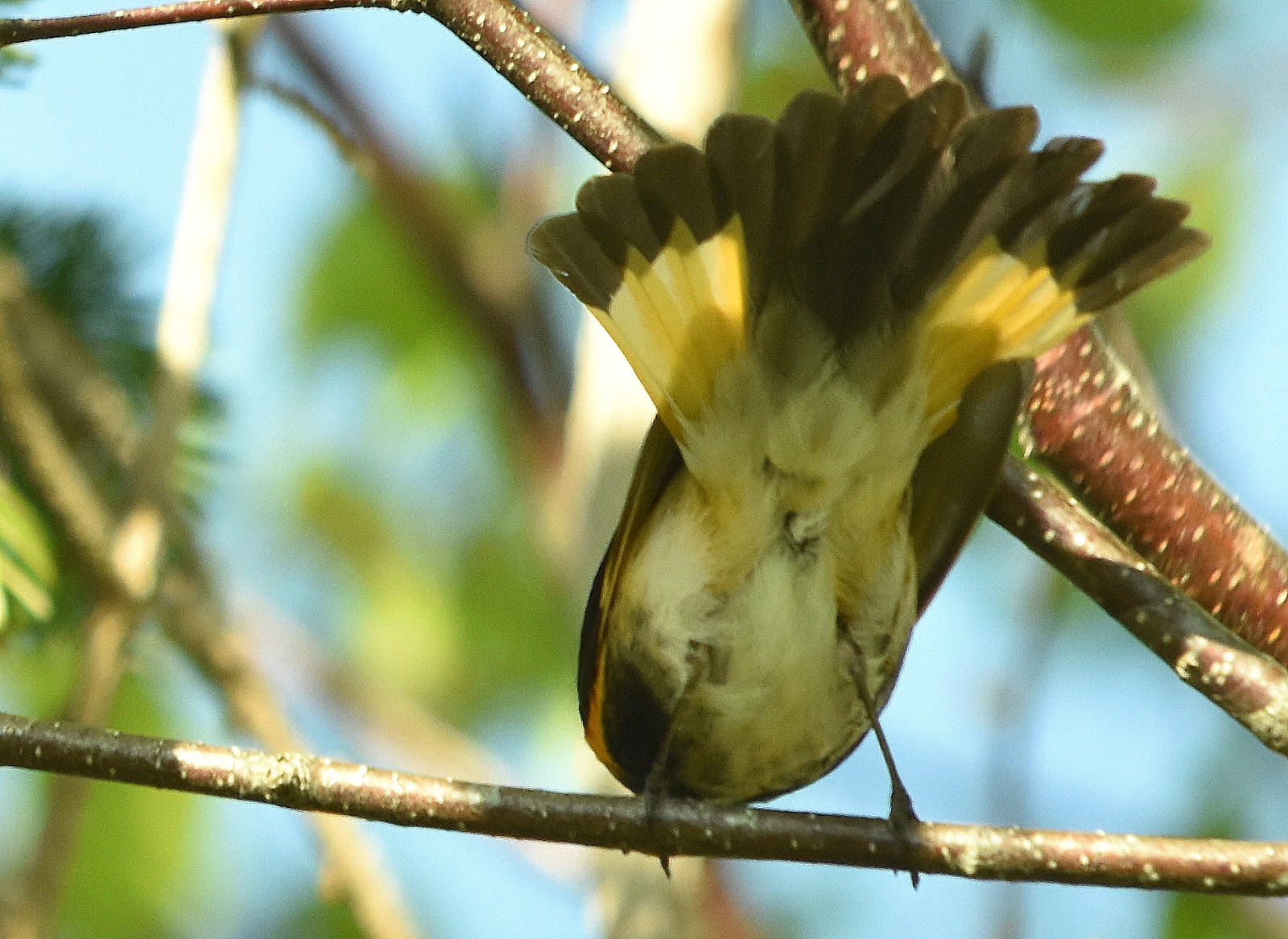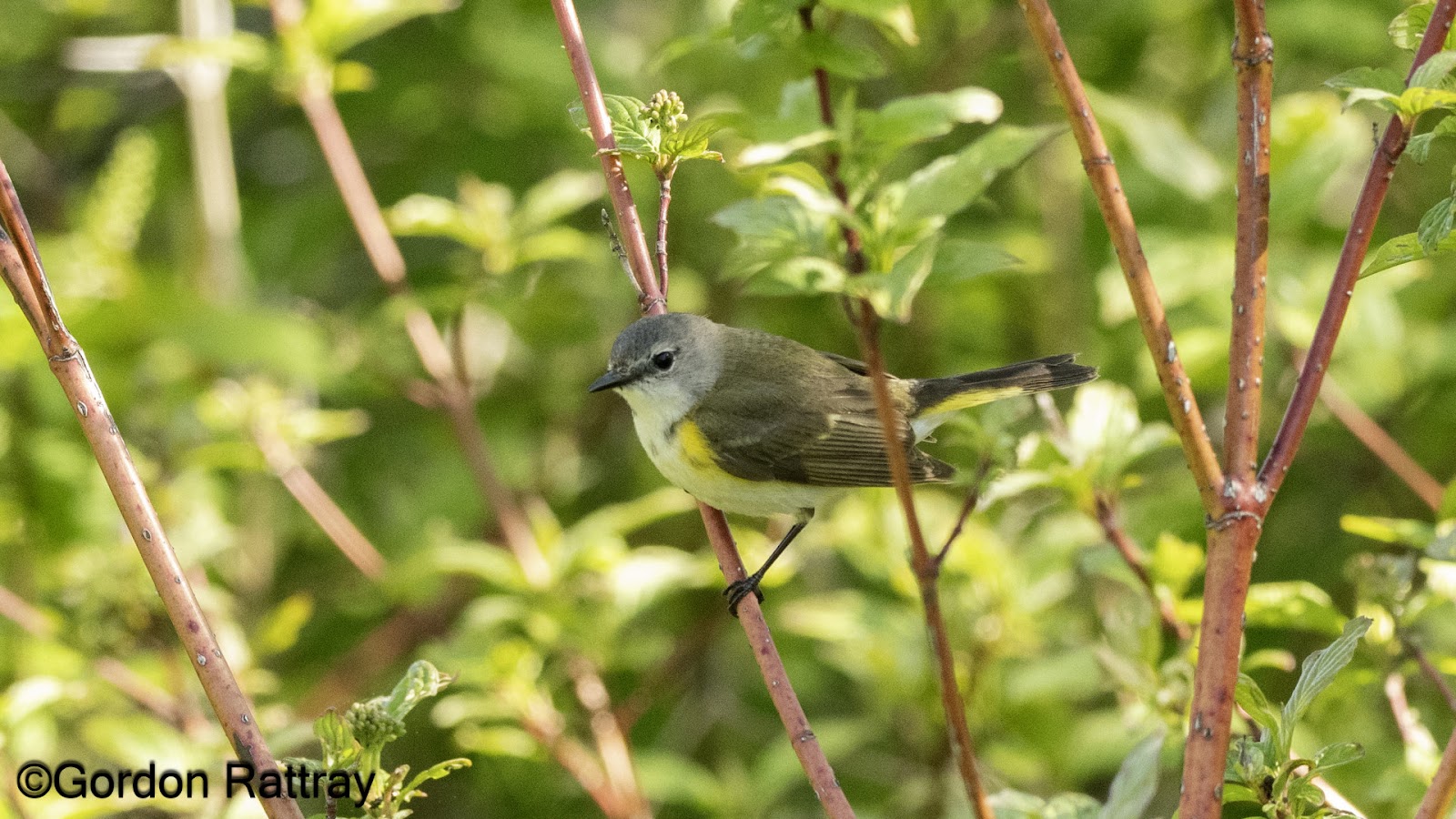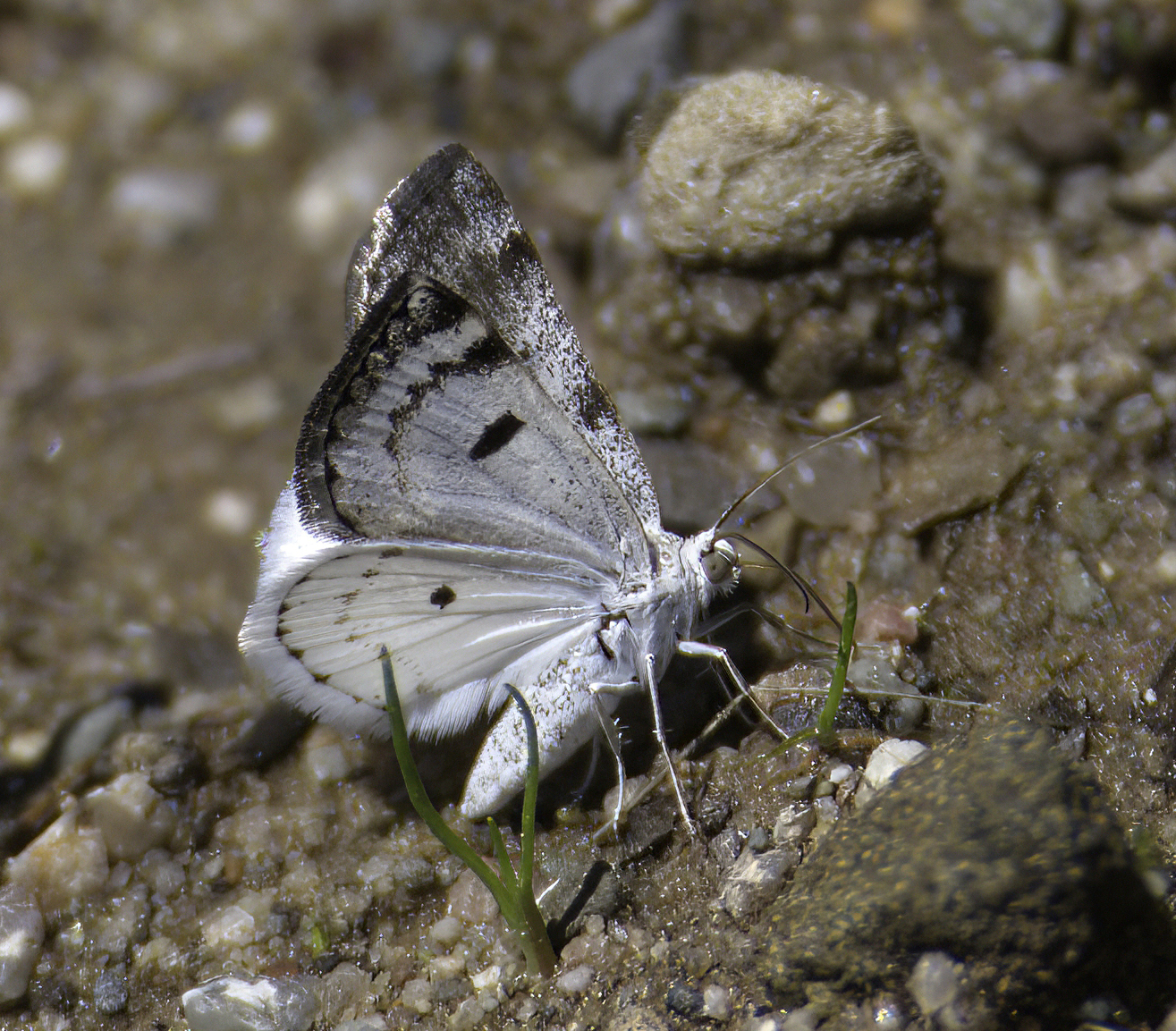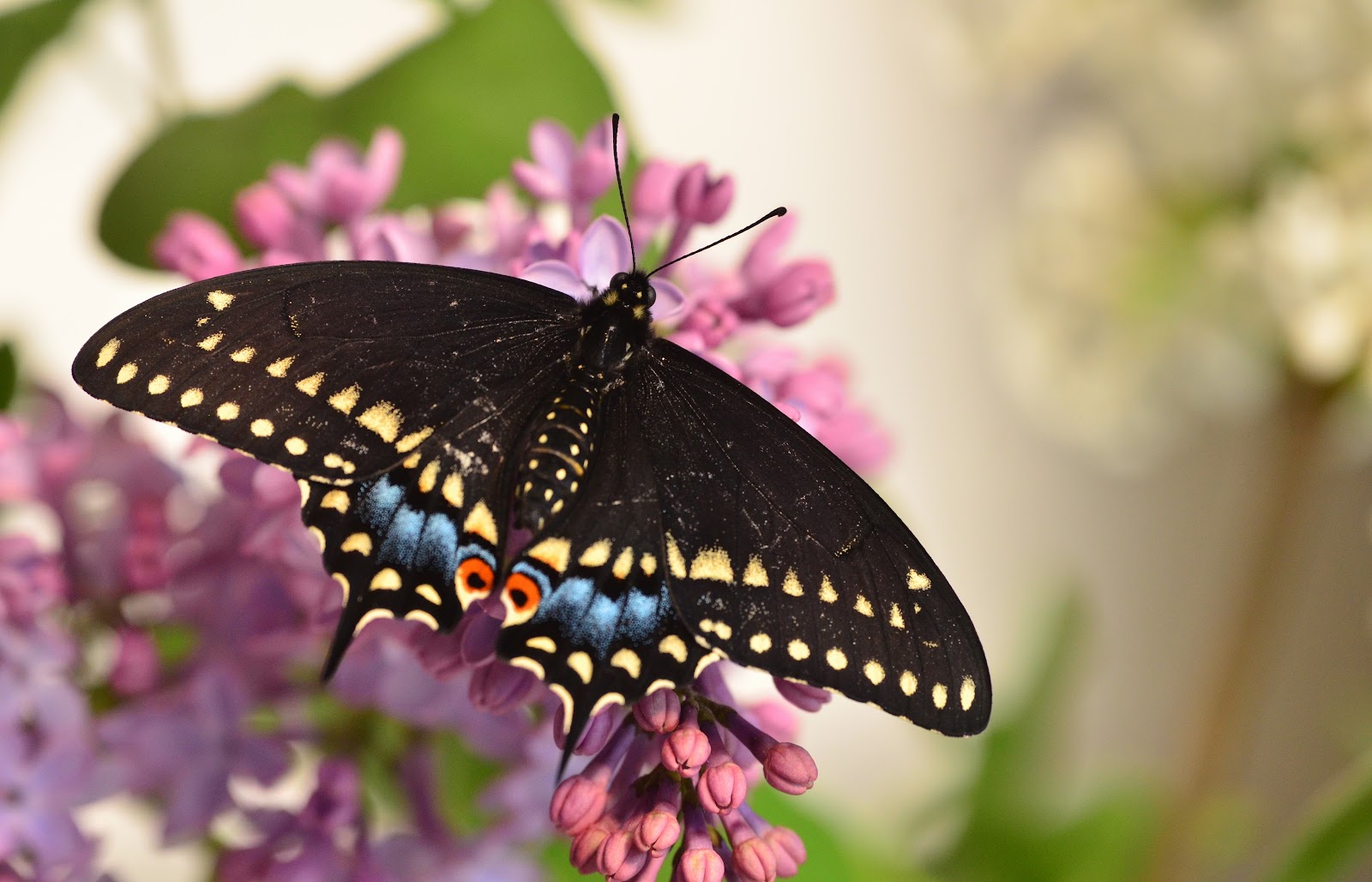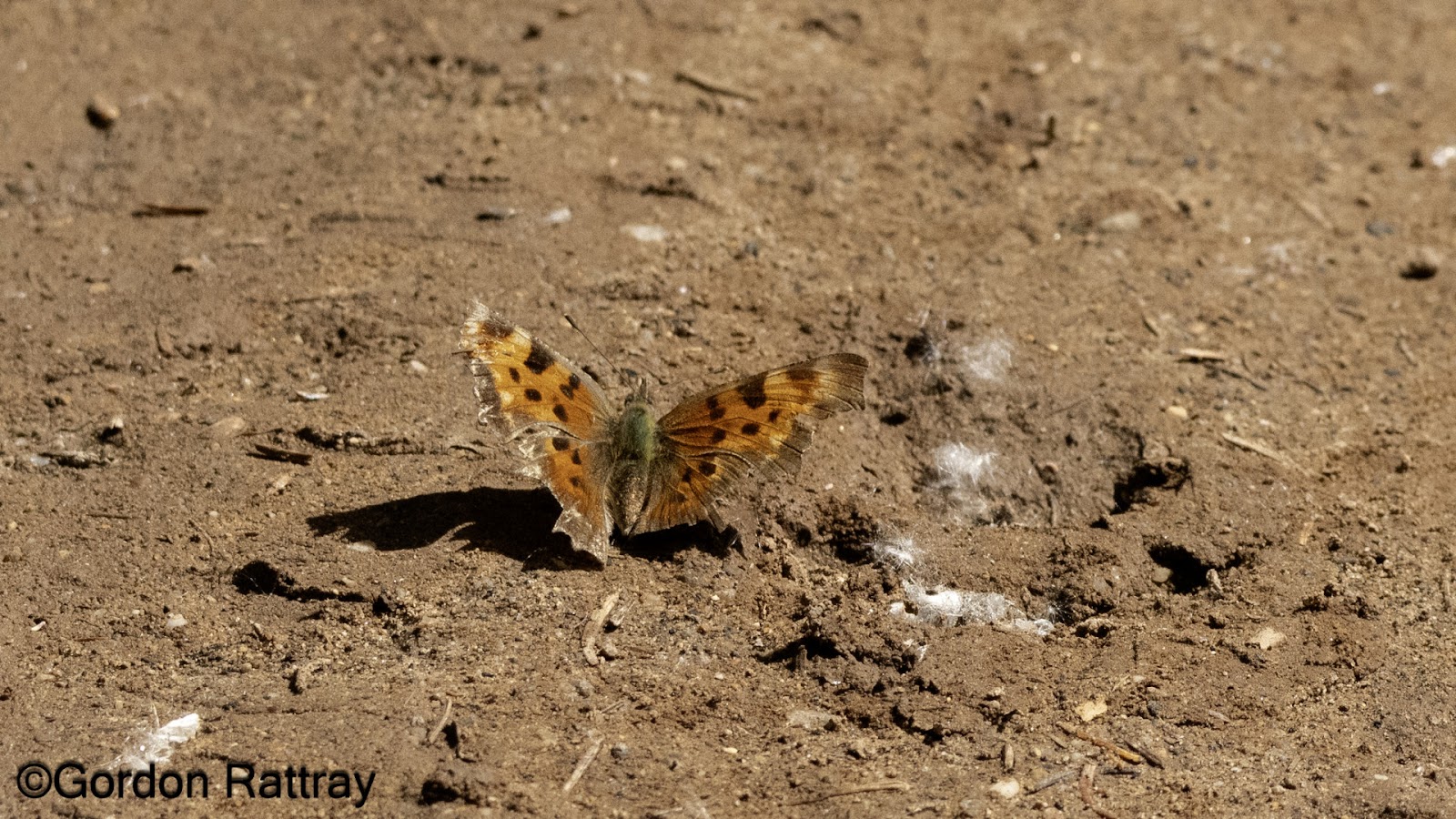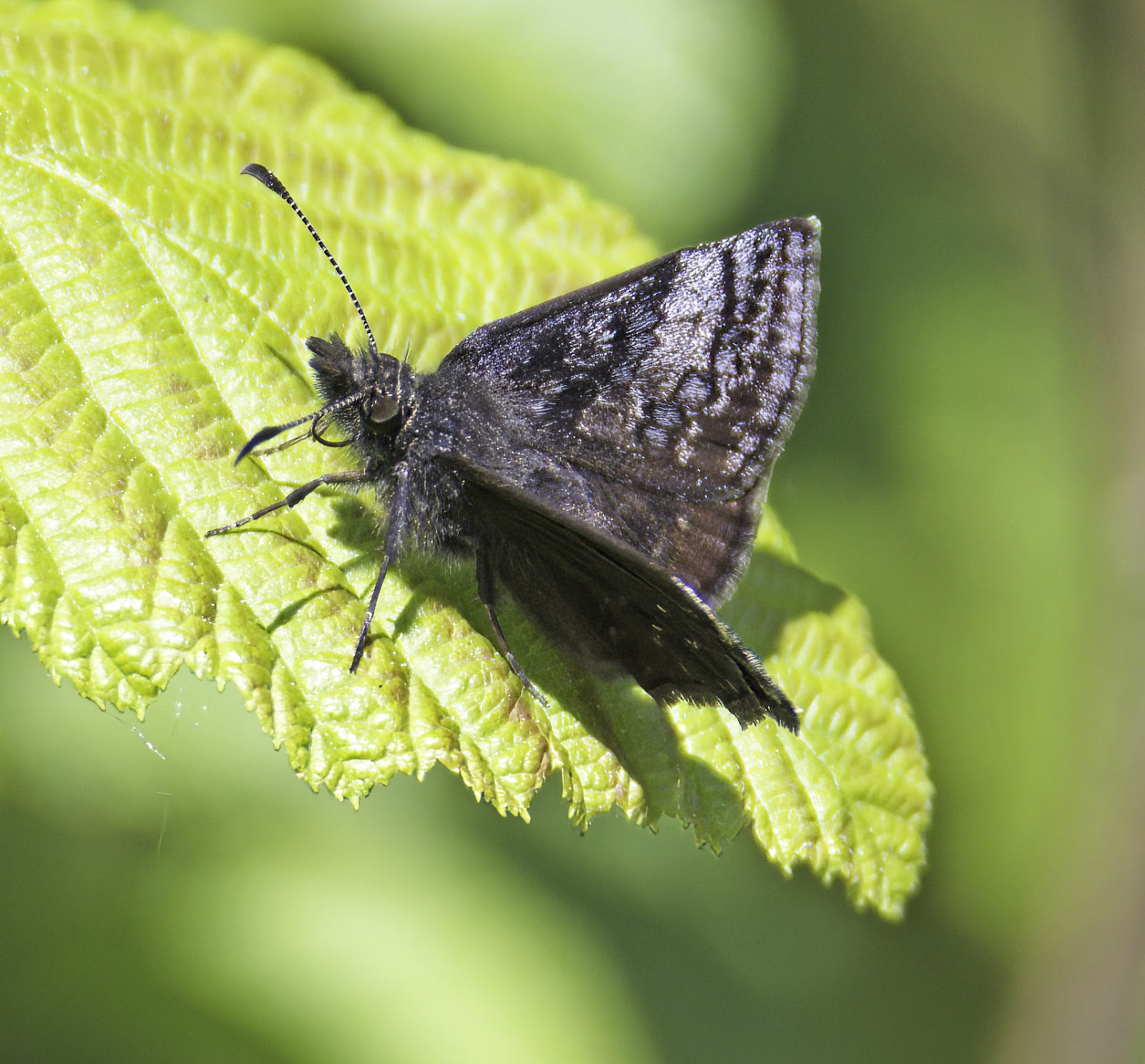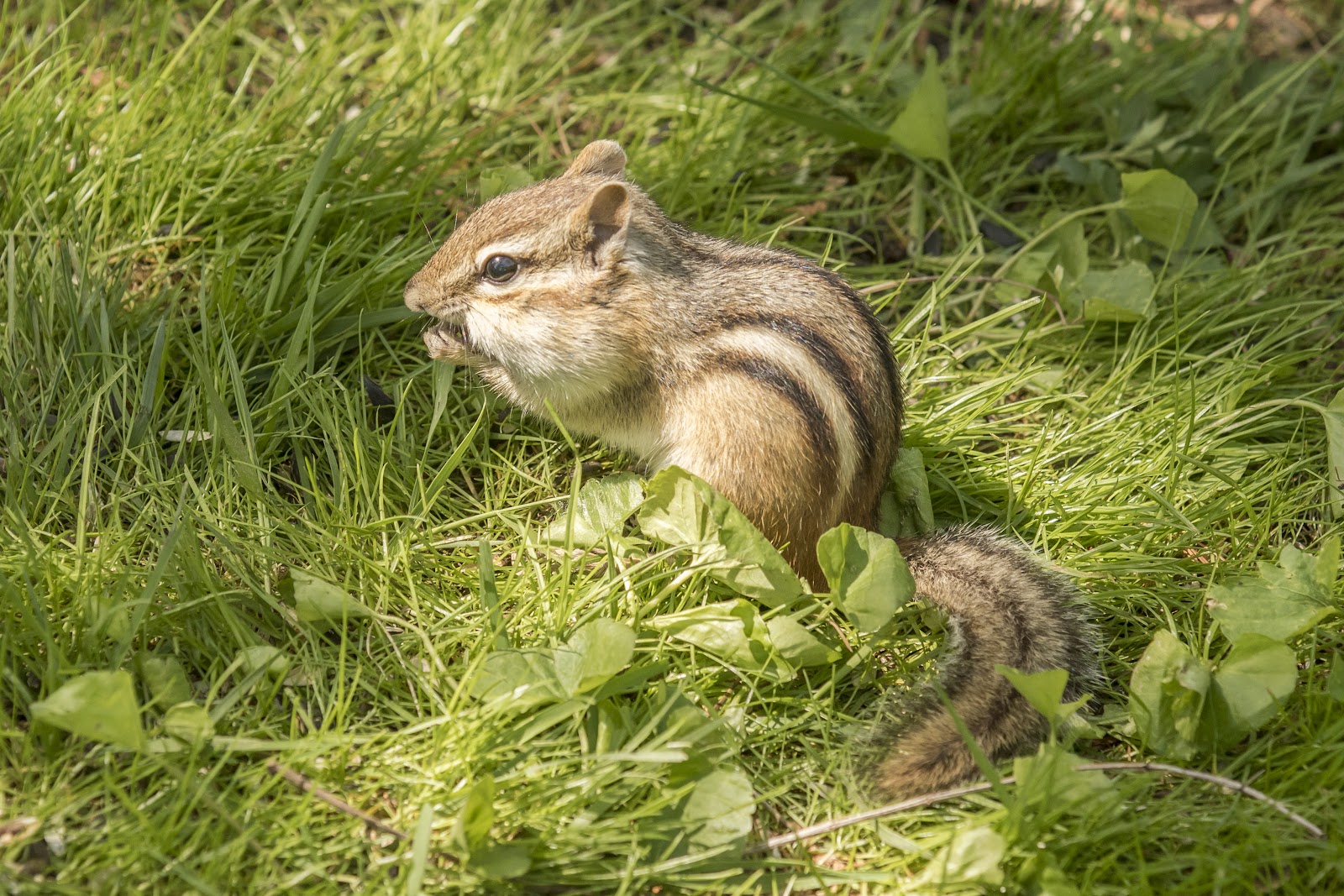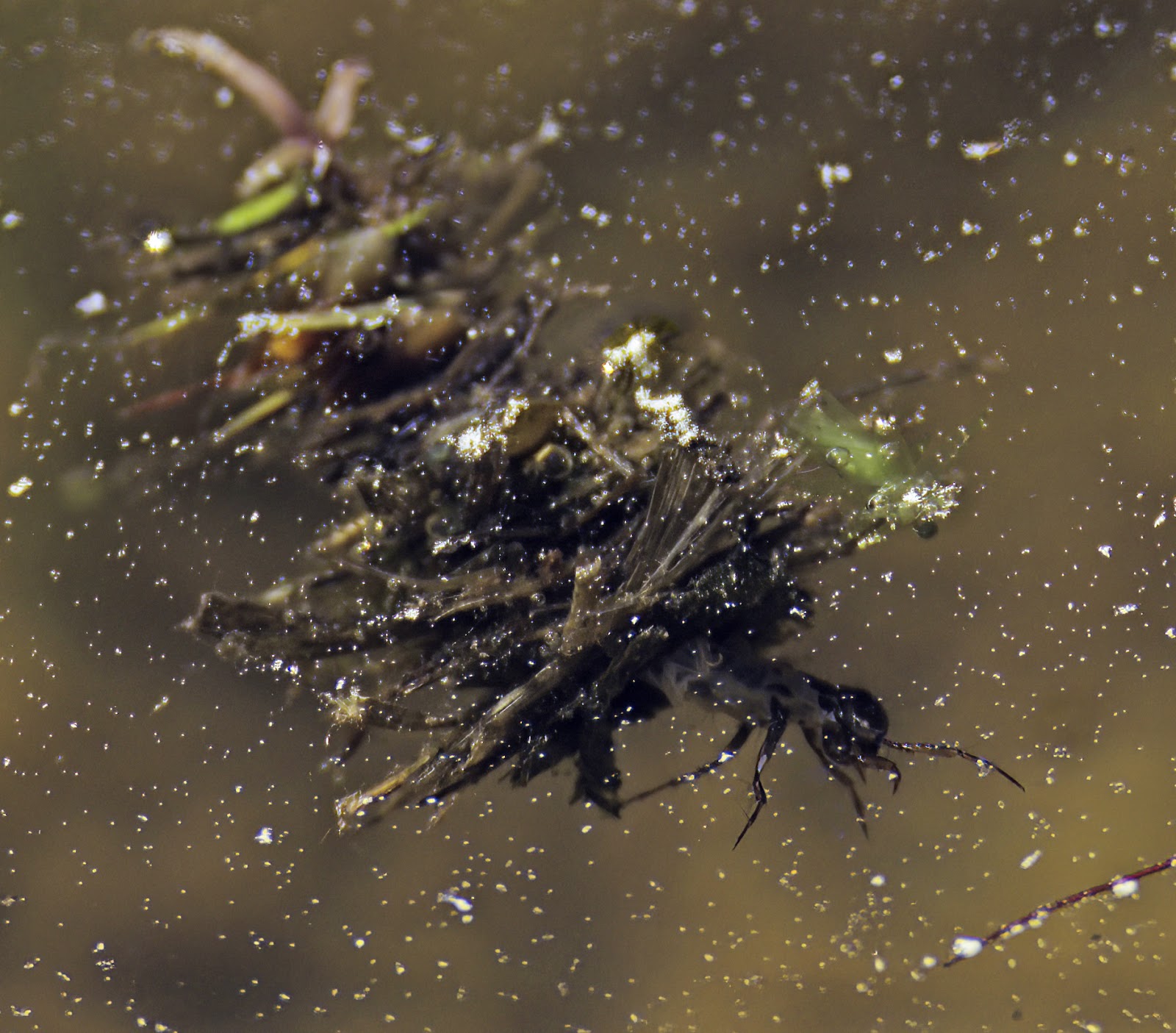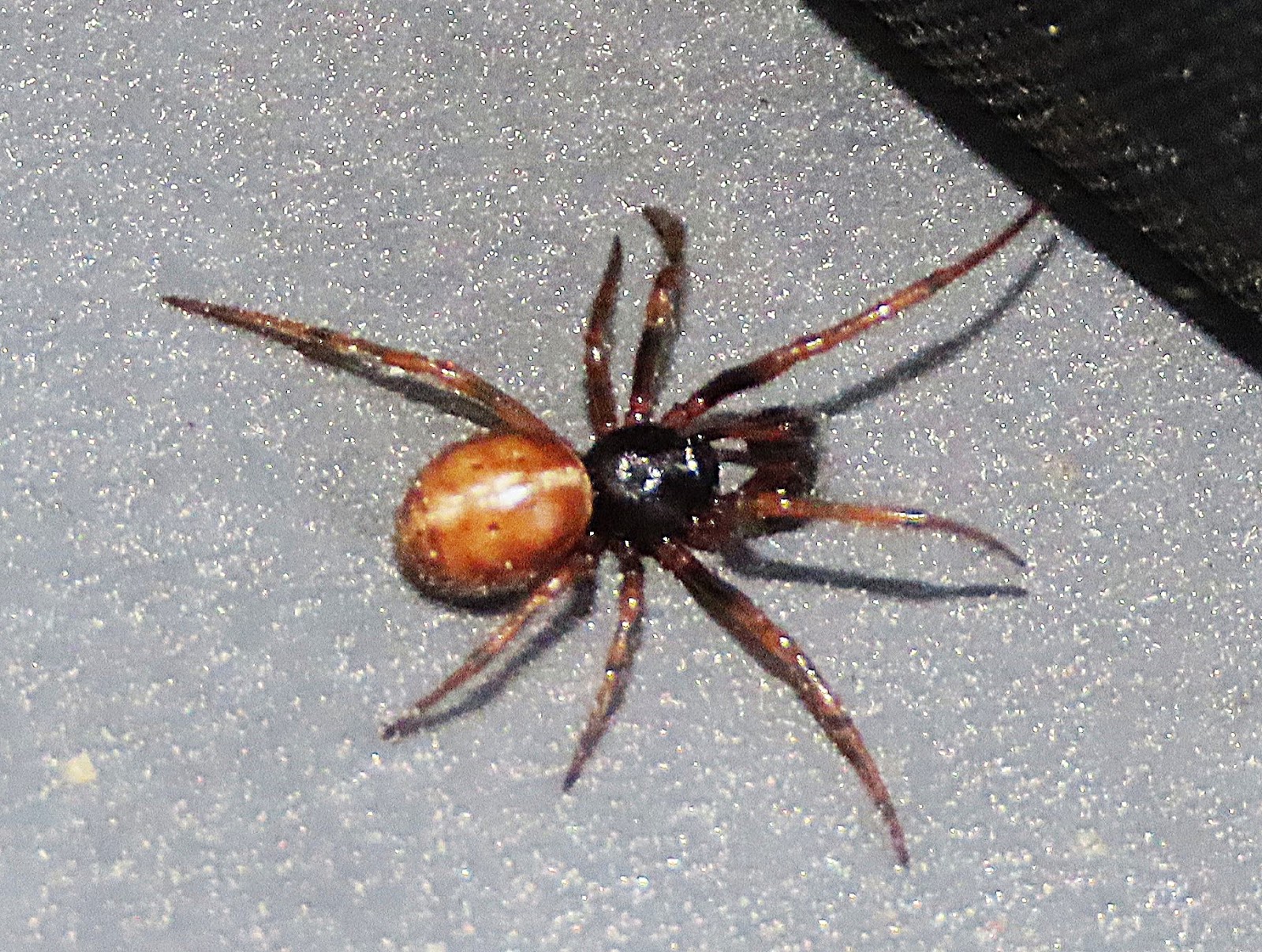NATURE
MONCTON NATURE NEWS
May 30, 2025
Nature Moncton members, as
well as any naturalist in New Brunswick or beyond, are invited to share
their photos and descriptions of recent nature sightings to build a fresh
(almost) daily edition of Nature News.
To
respond by e-mail, please address your message to the information line
editor, nelsonpoirier435@gmail.com.
Please advise the editor at nelsonpoirier435@gmail.com and the proofreader Louise Nichols at Nicholsl@eastlink.ca if any errors are noted in wording or photo labelling.
For more information on Nature Moncton, check the website at www.naturemoncton.com
Proofreading courtesy of Louise Nichols nicholsl@eastlink.ca
To
view the live feed of the Peregrine Falcon nest cam on the summit of Assumption
Place in Moncton, go to:
**The Nature Moncton Warbler walk that was
postponed from last Saturday is on tomorrow, May 31. All details below.
From recent reports, warblers should be
abundant!
Nature Moncton Warbler Hike
Hillsborough NB. Gather in Kiwanis parking lot on Mill
Street
May 31. 9:00 am.
The leader for the walk will be Gordon Rattray of Nature
Moncton.
In late spring each year, we have the movement of many
birds returning to their nesting regions, both for local nesters and those that
just pass through on their journey further north. The warblers are one such
group that passes through our area. These little birds are very colourful and
very vocal as they stop for a rest and feed. In late May, we can often
locate many of the warbler species in the Hillsborough area.
On May 31, Nature Moncton will host a hike for members
and anyone interested in observing warblers. The warblers are most active as
the morning warms and the insects take flight. This makes 9 AM a good starting
time, and the hike will be on an abandoned rail line, which is flat, but the rails are still in place, so it will be a little bit difficult. The rail hike is only 200 metres
up, and we double back. Also in the same location is the prepared trail of Hillsborough Water Park, which is a walk on a gravel surface of two kilometers. For
those wishing for a little more birding, we will do this trail after we have lunch
(bring your own).
Gordon took a
scouting trip to the location for Saturday's (tomorrow's) outing and found
abundant bird life. Gordon reports that the trip for Saturday will be on
even if there are some showers, as it's getting late in the year and leaves will
start to be a problem.
On Gordon's scouting trip on Wednesday, he photographed nine warblers, and Merlin heard others.
American
goldfinch
American
redstart male and female
bald eagle -
did an overflight
black-and-white
warbler
blackburnian
warbler
black-capped chickadee
black-throated
green warbler
chestnut-sided
warbler
downy woodpecker
yellow-bellied
sapsucker
gray catbird
northern parula
red-eyed vireo
song sparrow
white-throated
sparrow
yellow warbler
male and female
Gordon also
spotted an eastern comma butterfly
**Paul and Rhonda Langelaan had a surprise visitor to
their Second North River yard on Wednesday. A black- billed cuckoo was in some bushes in
their yard, then flew across the road and perched low in a conifer tree. It was
pumping its tail, which they had never seen before. Afterwards, Paul read up
about this behavior and said it could be a female doing a display for the male.
So, they are not sure if there were two Cuckoos in the area.
(Editor’s note: the black billed cuckoo is always a
birding prize, especially with the beautiful photo Rhonda captured.)
On Thursday, Paul and Rhonda went to Jemseg on a birding
mission. They found two great crested flycatchers who were very vocal and gave
great observations. They got a few photos with one of them carrying nesting
material.
(Editor’s note: In New Brunswick, the great crested
flycatcher is found in the southwest, but is not commonly seen elsewhere in the
province.)
Paul and Rhonda stopped at the Queenstown wharf. There was a northern parula building a nest.
It was very high in the deciduous tree.
(Editor's note: This is a very special photo of something
we rarely get to see. The northern parula warbler uses a clump of old man's beard lichen to cryptically build its nest.)
**Jamie Burris’ Grandsons Eli & Oliver found two black
swallowtail caterpillars last fall. They developed into the chrysalis
stage, and the boys let them spend the winter with them. On Wednesday, one
hatched, and the moment was photographed!
Karen and Jamie have a pair of black-capped chickadees nesting at the Fort Worth Saloon. Looks like she was house cleaning with poop sacs in her beak.
**While working on flower beds in the garden, Peter Gadd
looked up and saw two chipmunks standing on a stump. Luckily, a camera was
at hand, and Peter was able to catch an intimate moment as a young chipmunk
seemingly took the opportunity for a quick feed from mum. It seemed the
good weather allowed for a bit of a family outing, as perhaps as many as three youngsters were seen chasing through the flowerbeds and undergrowth. A recent
spill of sunflower seeds was part of the attraction.
Also, a pair of gray catbirds were seen sneaking around
the nearby freshly planted flowers, one snatching a bite of an impatiens
blossom. Not to be outdone, a flock of the neighbours' free-range hens, eight in
number, helped themselves to newly planted flower beds. Four minor invasions
over the last two days, and it was necessary for them to cross the road each
time!
**Norbert Dupuis has had a pair of eastern bluebirds take occupancy of his Nature Moncton nest box, and the male posed for photographs.
Norbert was also able to get a photograph of an eastern kingbird
at the Reid McManus Nature Reserve in Memramcook.
**Shannon Inman found a tiny, quick-moving spider which BugGuide has identified as one of the
false black widows of the genus Steatoda.
Shannon also photographed a garter snake enjoying
the warm sun that had arrived.
**Jane LeBlanc found an American redstart,
which was "showing his tail feathers,” and managed to get some
photos.
Jane also found a magnolia warbler
eating buds.
**Brian Stone sends some photos from outings
on Wednesday and Thursday. On Wednesday, Brian checked out Taylor Rd. in Second
North River and got his first dragonfly of the season, which is possibly a beaverpond
baskettail dragonfly. Along the road, he saw more bog elfin butterflies,
a black banded orange moth, a black wasp, another bluish
spring moth, a northern azure butterfly, and a dreamy duskywing
butterfly. Running along the dusty dirt road was a small, elegant crab
spider, and a small roadside tree had a large tent caterpillar nest
attached.
There was a lot of pond life to be noted, and
Brian got photos of some large tadpoles, tiny salamander larvae,
a large dragonfly nymph, and some small fish. Floating along
slowly near the top of one pond, a caddisfly larva was working on
putting the finishing touches on its house of sticks and other pond debris.
Scooting along the top of the pond water was a six-spotted fishing spider
that wasn't even getting its feet wet. Brian wishes he had that superpower the
next time he heads into a squishy bog.
On Thursday, at the White Rock Recreational
Area in Hillsborough, Brian went on a butterfly hunt in the wonderfully warm
temperatures but didn't manage to find many that would settle down for a photo.
A couple of small blue butterflies flew past at high speeds, and one of the two
dreamy duskywing butterflies did park long enough for a picture. In a
small field just off the road behind the park, a black swallowtail butterfly
was flitting from plant to plant and seemed to be laying eggs on some of them.
It didn't sit very long on each plant, and photography of it was a shoot-and-hope
situation.
**Nelson Poirier has a few different types of
structures to attract mason bees to nest. The past few warm days have
them working at full speed to build their mud nests in the provided structures.
Two of the structures that were ready and
waiting are two that Fred Dube built during the winter for Nature Moncton. Both
of these units immediately had mason bees hard at work on the first warm day,
filling the holes with their nest chambers. Some photos are attached to show
some of the bees at work packing the holes, and some of the holes are completely
filled after only one day of work.
**This Week’s Sky at a Glance, 2025 May 31
– June 7
Asteroids, like comets, are solar system objects that some amateur astronomers
like to collect; that is, identify them at least once with binoculars or a
telescope. They are not as interesting to see as comets are, being just points
of light, but they are often more challenging to identify. If you are lucky one
might be near an easily identifiable star or group of stars, and if you are
even luckier you might be able to detect its movement relative to a star over
an evening.
The first asteroid was discovered on January 1, 1801, and Ceres was initially
called a planet once its orbit was calculated. In the 18th century a
mathematical progression known as the Titius-Bode Law was formulated which fit
the distances of the six known planets from the Sun. Uranus was discovered in
1781 and its distance fit that formula, but there was an inexplicable gap
between Mars and Jupiter. Ceres filled that gap nicely, but over that decade
three more new “planets” were found within the gap.
Ceres is by far the largest asteroid and it is now categorized as a dwarf
planet along with distant Pluto, Eris, Makemake and Haumea. The Heavens-Above
website has an Asteroids section which includes two maps for each of the
brighter asteroids; one with a wide-field view of the constellations in the
area, and an expanded inset with a binocular-size view showing the asteroid
among the nearby stars. The brightest asteroid, Vesta, is currently in the
evening sky in Virgo.
This Week in the Solar System
Saturday’s sunrise in Moncton is at 5:32 and sunset will occur at 9:02, giving
15 hours, 30 minutes of daylight (5:40 and 9:04 in Saint John). Next Saturday
the Sun will rise at 5:28 and set at 9:07, giving 15 hours, 39 minutes of
daylight (5:37 and 9:09 in Saint John).
The Moon is near Mars this Saturday, Regulus on Sunday, at first quarter on
Monday and approaching Spica on Thursday. Keep an eye on Mars as it races
toward Regulus for a close conjunction in mid-June. Jupiter is sinking sunward,
and on June 7 it meets up with Mercury heading in the opposite direction. Venus
is at greatest elongation from the Sun on Sunday. Saturn rises before 3 am this
weekend, with Neptune half a binocular field to the left.
The Spring Star Party at Kouchibouguac
National Park takes place May 30-31. See the rascnb website for details. Tune in to the
Sunday Night Astronomy Show at 8 pm on the YouTube channel and Facebook page of
Astronomy by the Bay. The Saint John Astronomy Club meets in the Rockwood Park
Interpretation Centre on June 7 at 7 pm.
Questions? Contact Curt Nason at nasonc@nbnet.nb.ca.
Nelson Poirier.
Nature Moncton

